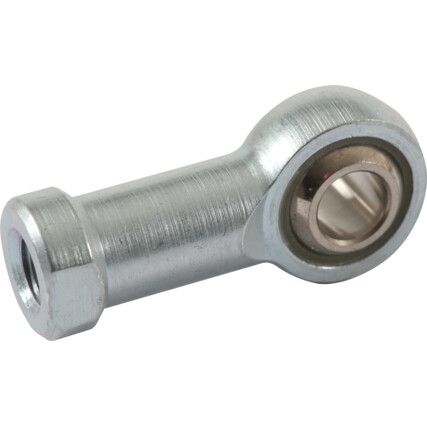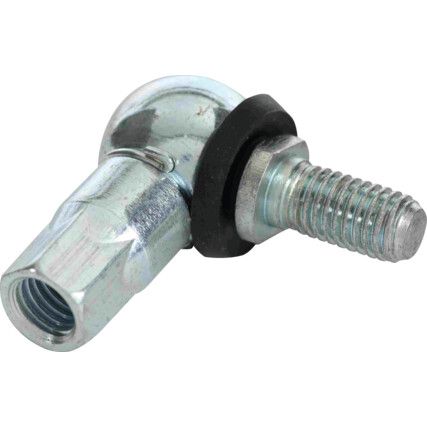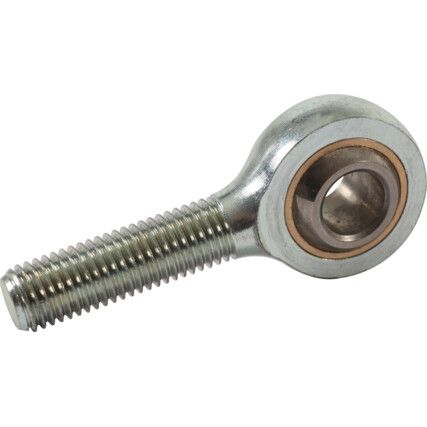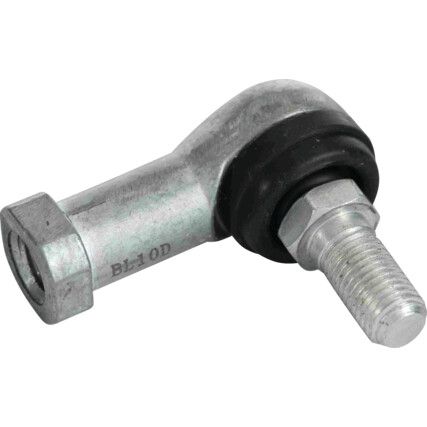Rod End Bearings & Ball Joints
An essential mechanical joint, the ball joint appears in all kinds of products, ranging from toys to robotics. Designed to facilitate a wide range of movement, we stock high-quality ball joints from market-leading brand, Dunlop®.
What are ball joints?
An important mechanical feature in virtually every vehicle, a ball joint is a spherical bearing that connects one component to another and allows for pivotal movement. Resembling a ball and socket joint on a human being, they interact with other joints, bushings and bearings to allow the rotation and independent movement of components.
When are ball joints used?
Commonly used in automotive, machinery and aviation applications, ball joints assist in the movement of components to facilitate steering, elevator and aileron control.
Ball joint types
Ball joints are a major component in steering and suspension. Although quite small they play a big part in auto safety and in some cases bear the weight of an entire car. Most modern auto ball joints are sealed units containing high viscosity lubrication; however, some machines feature serviceable ball joints, which have an open jacket to allow for periodic manual greasing.
• Upper ball joint - Sometimes referred to as the follower joint, the upper ball joint acts as a secondary pivot
• Lower ball joint - This type of ball joint connects the control arm and steering knuckle and in most cases are larger than the upper ball joint due to their load bearing requirements
Considerations when choosing ball joints
• Fit - ensure you get the correct sized ball joint, including the bore size and thread type. Upper and lower ball joints are different by design and so are not interchangeable. If you're unsure, refer to your owner's manual.
• Material - the best ball joints are made from high-grade material. Lower grade is cheaper but provide a false economy as they don't last as long.
• Finish - Choose a corrosion-resistant coating when choosing an open ball joint. This will enhance the life of the product and reduce the downtime required for maintenance.
• Load value - ensure the joint you choose can handle the load capacity required of it, otherwise it'll require replacement sooner rather than later.
Ball joint jargon buster
We want to make it easy for you to find just what you're looking for. So, we've broken down and explained a standard for steering ball joints.
What does ISO 7803:1987 mean?
Standard ISO 7803:1987 outlines the technical requirements for steering ball joints, including the main dimensions. This standard covers light and heavy-duty vehicles including buses and trailers.
Let's break it down...
• ISO - This is an abbreviation of the European regulated body the International Organization for Standardization
• 7803 - This is the legislation number for the standard
• 1987 - This is the year the standard was first published. It's reviewed every five years and was last confirmed as accurate in 2021
FAQs
What happens when ball joints break?
A broken ball joint in a car will affect steering and suspension making the vehicle dangerous to drive. In general, you can identify a broken ball joint by the resulting clunking sound and inability to control the mechanism reliant on the ball joint.
Can you replace a ball joint without replacing the control arm?
To ascertain whether it's just the ball joint or the whole lower control arm, separate the ball joint from the steering knuckle and check the connection of the ball joint and the control arm. If it's a loose fit then the control arm needs replacing too.



